Phosphorus is a vital nutrient for plant growth, playing a crucial role in photosynthesis, energy transfer, and root development. Farmers often rely on phosphate fertilizers to ensure crops receive the phosphorus they need. Among these fertilizers, Triple Superphosphate (TSP) stands out for its high phosphorus content, but it’s not the only option. Single Superphosphate (SSP), Diammonium Phosphate (DAP), and Monoammonium Phosphate (MAP) are also widely used.
Choosing the right phosphate fertilizer depends on factors like crop type, soil condition, and cost-effectiveness. In here, we will delves into TSP and compares it with other phosphate fertilizers, helping you make an informed choice.
Understanding Phosphate Fertilizers
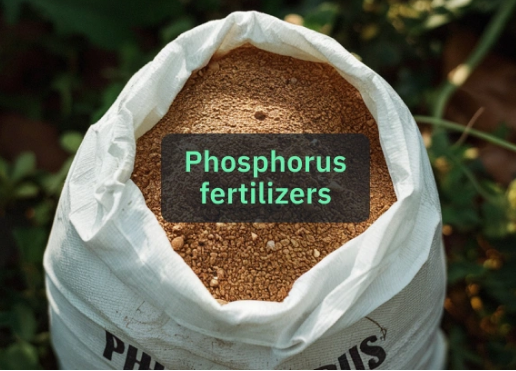
Phosphate fertilizers are products derived from phosphate rock, processed to increase the availability of phosphorus for plants. The primary types of phosphate fertilizers include:
- Triple Superphosphate (TSP)
- Composition: Contains approximately 46% P2O5 (phosphorus pentoxide).
- Characteristics: Granular and water-soluble, making it ideal for direct application.
- Uses: Best suited for soils with a deficiency in phosphorus and where quick absorption is required.
- Single Superphosphate (SSP)
- Composition: Contains about 16-20% P2O5, along with calcium and sulfur.
- Characteristics: Lower phosphorus concentration but includes secondary nutrients like sulfur.
- Uses: Effective for crops requiring sulfur alongside phosphorus.
- Diammonium Phosphate (DAP)
- Composition: Contains around 18% nitrogen and 46% P2O5.
- Characteristics: Provides both nitrogen and phosphorus, making it a balanced fertilizer.
- Uses: Ideal for nitrogen-deficient soils.
- Monoammonium Phosphate (MAP)
- Composition: Contains about 11% nitrogen and 52% P2O5.
- Characteristics: Highly soluble and acidic, suitable for neutral or alkaline soils.
- Uses: Effective for crops needing higher phosphorus levels.
Benefits of Triple Superphosphate
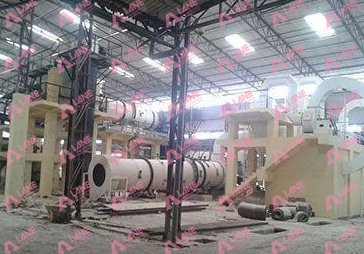
TSP production line
TSP is one of the most concentrated phosphate fertilizers, offering several benefits:
High Phosphorus Content
With its 46% P2O5 concentration, TSP delivers a significant dose of phosphorus, making it ideal for phosphorus-deficient soils.
Quick Solubility
TSP dissolves rapidly in water, ensuring that plants can absorb the phosphorus almost immediately.
Simple Application
Its granular form allows for easy spreading, either manually or through mechanical equipment.
Compatibility with Other Fertilizers
TSP can be blended with other fertilizers, providing a customizable nutrient solution for different crops.
Comparing TSP with SSP
While TSP and SSP are both phosphate fertilizers, they cater to different agricultural needs:
| Feature | TSP | SSP |
|---|---|---|
| Phosphorus Content | 46% P2O5 | 16-20% P2O5 |
| Additional Nutrients | None | Sulfur (11-12%) and calcium |
| Cost | Higher | Lower |
| Best For | Phosphorus-deficient soils requiring rapid absorption. | Soils needing both sulfur and phosphorus. |
When to Choose SSP
- For crops like oilseeds and legumes that require sulfur.
- For farmers seeking an affordable fertilizer option.
When to Choose TSP
- For crops with a high phosphorus demand.
- For immediate nutrient absorption in phosphorus-depleted soils.
TSP vs. DAP and MAP
DAP and MAP are combination fertilizers that include nitrogen, unlike TSP.
| Feature | TSP | DAP | MAP |
|---|---|---|---|
| Phosphorus Content | 46% P2O5 | 46% P2O5 | 52% P2O5 |
| Nitrogen Content | None | 18% | 11% |
| Soil Suitability | Suitable for all soils. | Best for neutral to alkaline soils. | Effective in neutral or acidic soils. |
| Cost | Moderate | Higher due to nitrogen content. | Moderate |
When to Choose DAP or MAP
- For crops needing both nitrogen and phosphorus.
- For soils lacking nitrogen, as these fertilizers combine both nutrients.
When to Choose TSP
- When phosphorus is the sole focus, such as in crops already receiving sufficient nitrogen through other sources.
Environmental Considerations
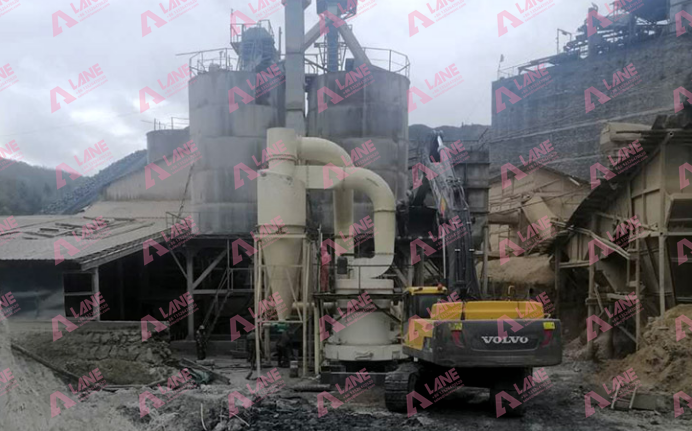
The choice of phosphate fertilizers also depends on environmental factors. Overapplication can lead to phosphorus runoff, causing water pollution and eutrophication. Here’s how TSP compares to others:
- TSP: Minimal risk of nitrogen loss, as it doesn’t contain nitrogen.
- DAP and MAP: Risk of ammonia volatilization if applied improperly.
- SSP: Sulfur leaching can occur in sandy soils.
Selecting the Right Fertilizer for Your Crops
Factors to Consider
- Soil Testing
Analyze soil nutrient levels to determine whether phosphorus, nitrogen, or sulfur is lacking. - Crop Needs
Different crops require varying amounts of phosphorus, nitrogen, and other nutrients.- Cereals like wheat and rice benefit from DAP due to their nitrogen demand.
- Fruit crops may prefer TSP for focused phosphorus delivery.
- Cost Efficiency
Assess the cost per unit of phosphorus provided by each fertilizer. - Application Method
Granular fertilizers like TSP and SSP are easier to spread, while DAP and MAP require precision to prevent nitrogen loss.
Conclusion
The choice between phosphate fertilizers, including TSP, SSP, DAP, and MAP, depends on your specific agricultural requirements. TSP offers high phosphorus concentration and rapid absorption, making it ideal for phosphorus-deficient soils. However, SSP provides additional sulfur, and DAP or MAP combines nitrogen and phosphorus for balanced nutrition.
By understanding the strengths and applications of each fertilizer, farmers can select the best option to maximize crop yields, optimize soil health, and ensure sustainable farming practices. With careful consideration of soil conditions, crop needs, and environmental factors, you can make an informed decision on whether to use SSP, DSP, or TSP for your crops.
Latest Articles & Tips
More-
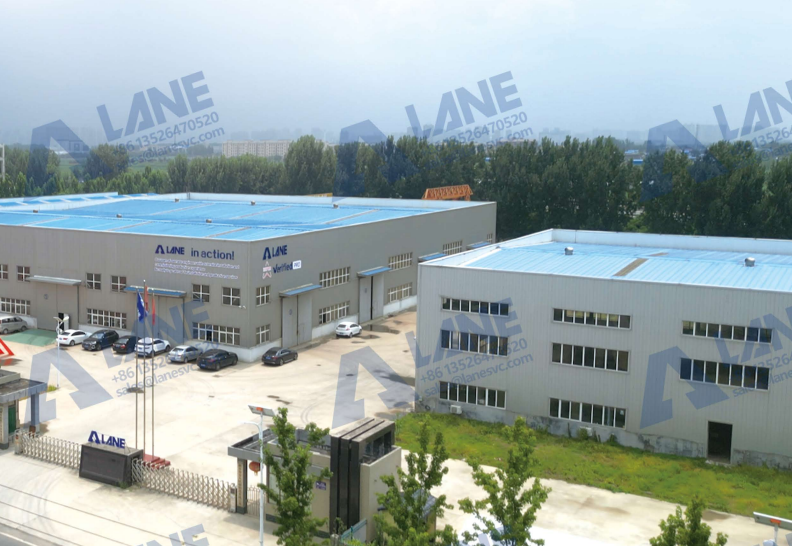
03/14
OEM Fertilizer Equipment Manufacturing: Custom Solutions for Your Production Needs
read more -
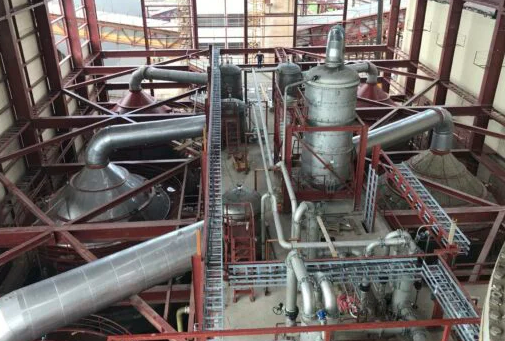
02/27
Fertilizer Granulation for DAP and MAP: Enhancing Efficiency in Fertilizer Production
read more -
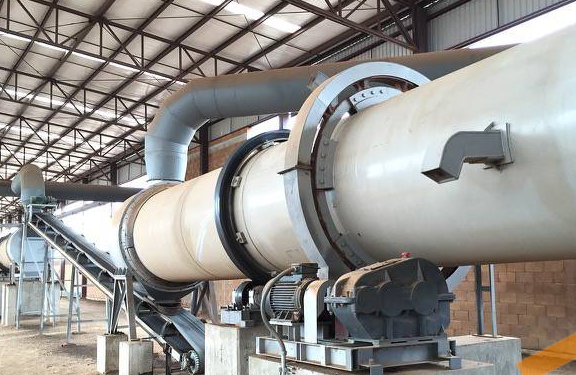
02/27
Fertilizer Production Solutions: Optimizing Efficiency and Sustainability in Fertilizer Manufacturing
read more -
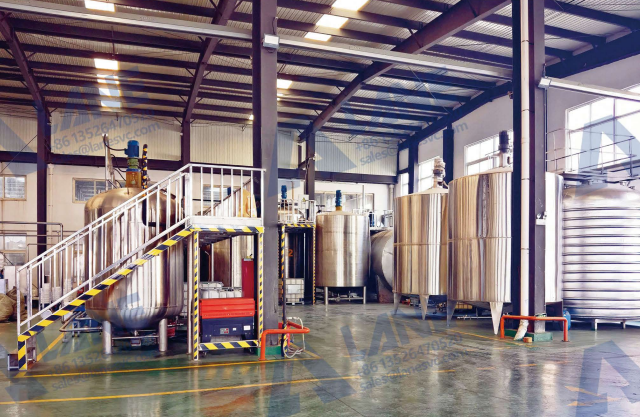
02/13
Chemical Fertilizer Production Line: Enhancing Agricultural Productivity with Precision Manufacturing
read more



Send a message to us